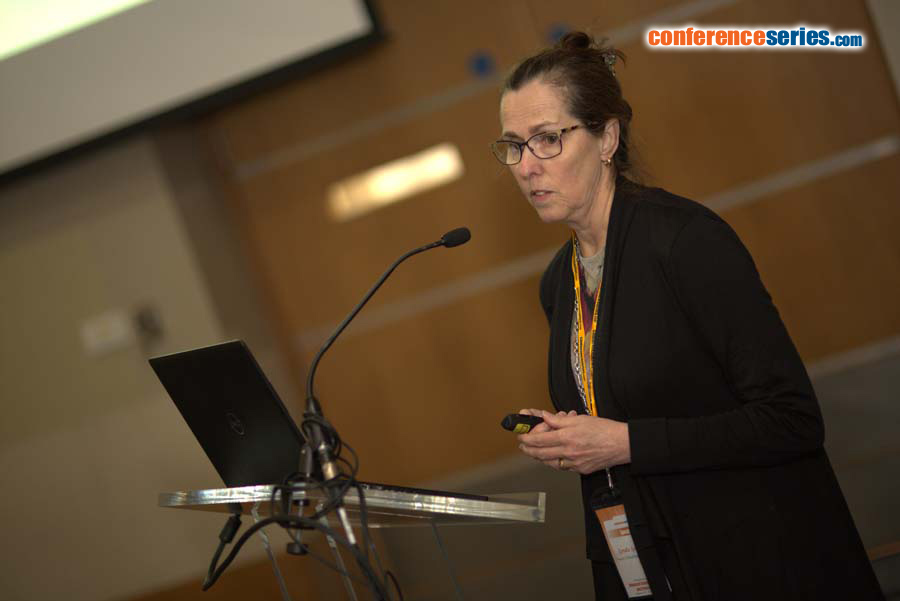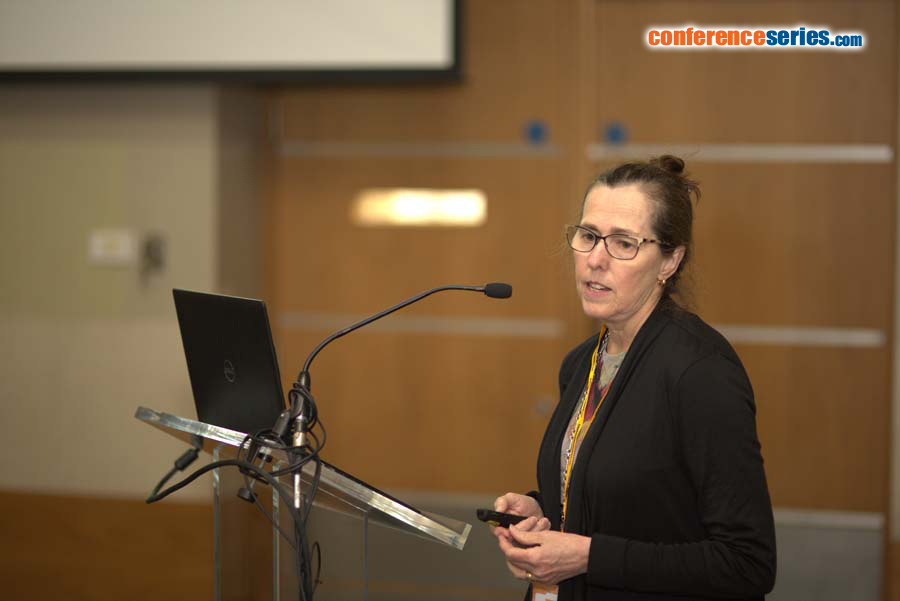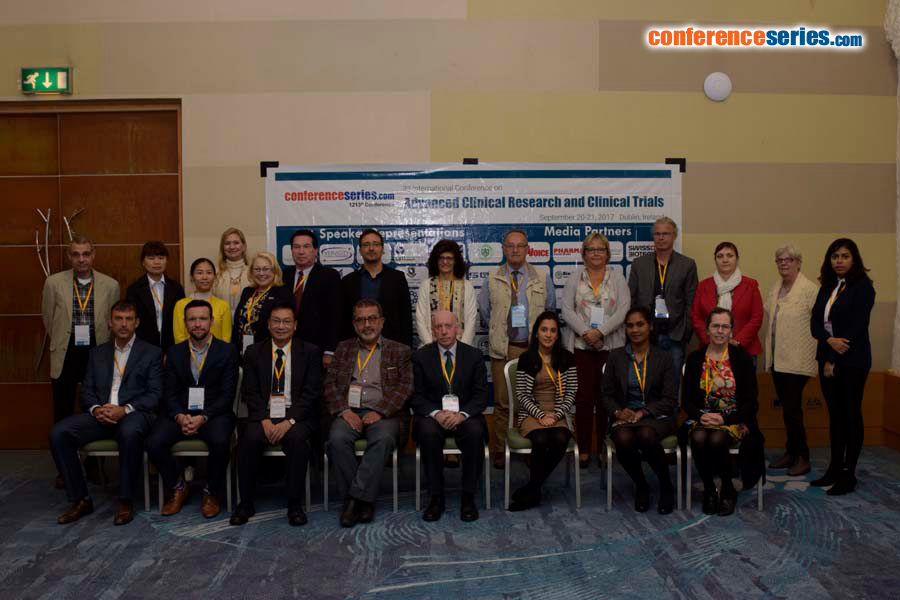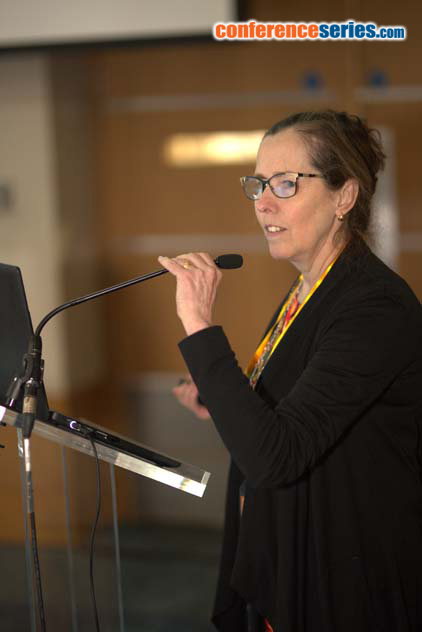
Lynda Spelman
Veracity Clinical Research, Australia
Title: AWI002: Trials, tribulations and the value of persisting with non-drug related clinical trials – superfine merino wool base layer garments in atopic dermatitis
Biography
Biography: Lynda Spelman
Abstract
In the pursuit of finding an alternative to the three traditional means of treating Atopic Dermatitis (AD) (moisturisers, topical corticosteroids, and systemic immunosuppressants), my team undertook a study that looked at the use of Superfine Merino Wool Base Layer Garments (SMWBLG) as a therapeutic intervention in the management of atopic dermatitis in children and young adults. This was an investigator lead study which received support from Australian Wool Innovation in the form of partial investigator funding and supply of the therapeutic intervention. Because the use of wool was a foreign concept in the management of patients with AD, we had to overcome many unexpected challenges and obstacles, the main one being the urban legend that wool causes allergic contact dermatitis. This was a HREC approved, proof of concept study and the second of its kind in collaboration with AWI. After proving the significant therapeutic effect that the garments had on adults, this study aimed to confirm the same was true in children and young adults. We continued to experience a number of hurdles in both completing the study and publishing this novel concept. Our team persisted through the study investigation phase and completed it with the successful proof of concept. Our study found that overall there was a significant decrease in AD extent, severity and subjective symptoms during the garment intervention phase compared to baseline and some significant effects on intensity and subjective symptoms even after the garments were removed, revealing an extended therapeutic effect. Despite evidence based research, editors commented on the relevance and significance of the use of this reusable, sustainable, effective intervention that has no systemic implications in this young population group with a chronic disease. The process of conducting this study has shown us that we must challenge current thinking, stay true to beliefs and gut feelings that practical interventions you see working each day are worth formally exploring






